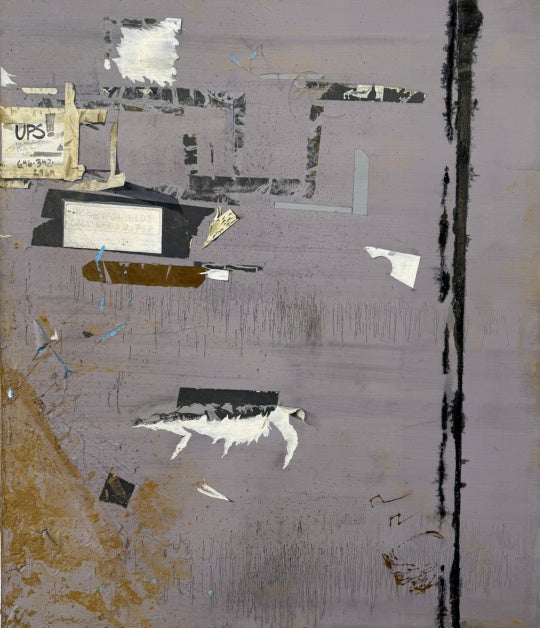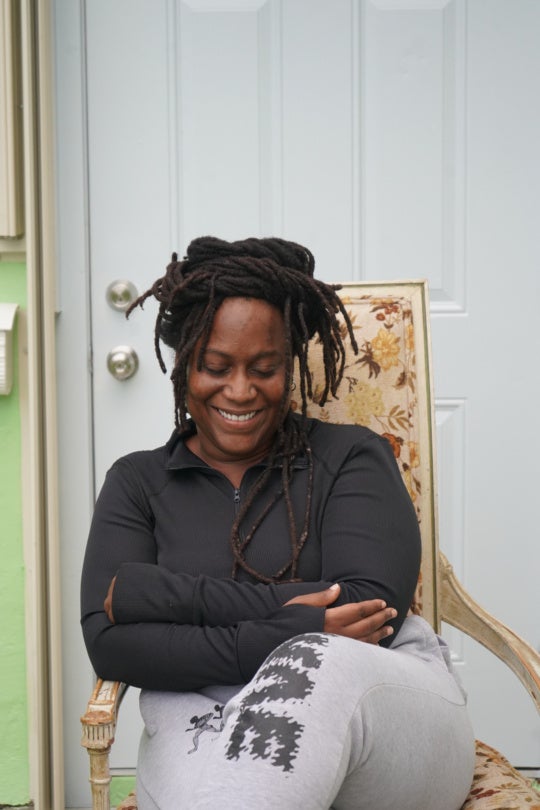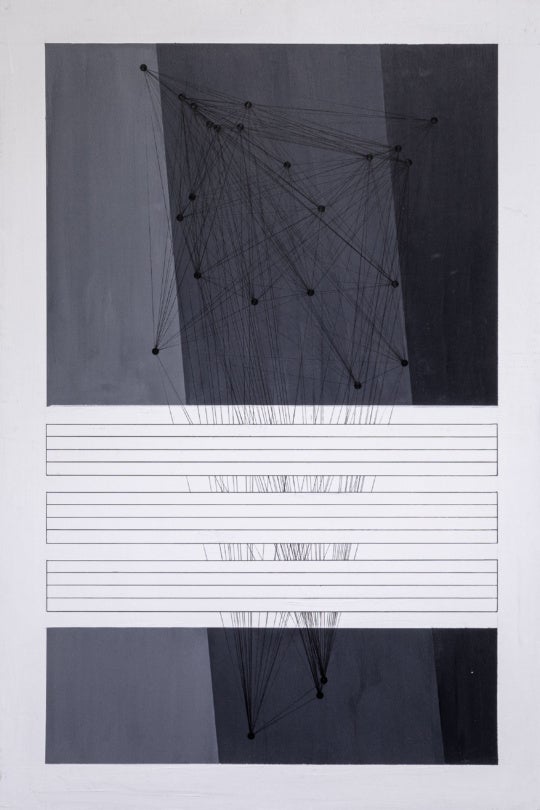
Curator and writer Okwui Enwezor in his 2008 text “Archive Fever” states that the discourse of Institutional Critique is changing under our feet. Expanding beyond the first generations of artists associated with the institutional critiques of the 1970s and ’80s as well as the more recent manifestations of “the archival turn” or “impulse,” contemporary artists are forging new grounds by appropriating, interpreting, and interrogating archival materials and structures through the mediums of photography and film.(1) “The capacity for accurate description, [and] the ability to establish distinct relations of time and event” is both a feature of archival production as well as the photographic image—a fact that posits the photographic image as an archival object a priori, a temporal testimony between the record and the seen.(2) It is this rich relationship between image, time, and event that remains one of the most significant themes of Vesna Pavolvić’s work, and it is exciting to see how, with each presentation of her work, that theme is renewed and reconfigured.

The Nashville-based artist’s current exhibition at Atlanta’s Whitespace Gallery, “Fall and Folds,” reflects on the institutional archives of recovered slides culled from art history department slide collections across the United States.(3) Once the center of visual resource archives for art history and humanities departments everywhere, these collections have been displaced by digital image databases and equipment, thus turning the slide collection into an expired site of institutional history and educational memory. This institutional saga is foregrounded in Pavlović’s various engagements with slide images, as she asks questions about the ways in which these materials might be resuscitated and transformed into potent objects of aesthetic engagement today.
The most obvious strengths of this exhibition are the diversity of Pavlović’s interventions and alterations of slide images and their supporting technologies. Consistent throughout is the artist’s foregrounding of the physical materiality of slides using a variety of photographic processes and unique exhibition displays. At the start of the exhibition, one is confronted with enlarged slides of canonical Italian Baroque paintings sequenced evenly across the wall on thin metal stands.

Held apart yet connected to the supporting wall, the slides make a break from the conditions of their beholding on the flat wall and project into space as objects, sculptures even. Blown up to the approximate size of a painting, the images reward close viewing through their foregrounding of the surfaces textures manifested by the artist’s merging of slide images with scanned transparencies in Photoshop; the surfaces recall the textures and illuminating effects of 16th and 17th-century Italian glazing techniques, putting subject matter, process, and exhibition display in an exciting transhistorical conversation. Large color-coded stickers dot the edges of the images, reminding the viewer of their designated place within a site-specific archival image community—a theme turned humorous in an image in the second gallery with Color Code, which captures a scattering of the colorful stickers as they fell of the slides during the process of researching and producing these images. The precision of this digital image negates and renders absurd the equal precision of the archival system and the stickers that serve as indexical remainders of those systems, posing questions for the future of these slide collections as they descend deeper into outmodedness.
The highlight of the second gallery is the compelling installation of a slide projection system created using a thin projection screen draped over a low foundation that harnesses the auratic illumination of slide imagery. Titled Fall and Folds, the work is as aesthetically beautiful as it is humorous. Inspiring reflection on the use and inexactitude of the slide image, Pavlović inserts multiple reproductions of paintings into the sequence, reminding us of scholars’ and academics’ impossible quest to achieve the “perfect” photographic reproduction of original works of art. As someone who was introduced to art in the era of slide technology, I associate the clicking and whirring sounds of the slide carousel and projector in the darkened classroom with the magic and nostalgia of my first encounters with art history.

Pavlović reanimates the experiential magic of those encounters, using images from the canon of Western art history to propel the artwork forward, showing the front and back of the slide simultaneously as if we were given access to a hidden, behind-the-scenes territory of the image. Again and again, the use of theatrical gestures and materials serve as a kind of connecting tissue that holds the exhibition together thematically—the fabric of the slide projection screen ignites with the theatrical motifs of the Baroque style and the appropriation of the curtain in Cézanne’s still lives as well as the suspended screens placed within the gallery windows and behind works in the exhibition.
While the title of the exhibition, “Fall and Folds,” points to the ways in which fabric is used as a kind of connective tissue to hold certain parts of the exhibition’s narrative together, the title also resonates with the fall and folding of the slide collection within institutions more generally. As I left, I wondered about the insertion of the slide collection into histories of modern opticality, and how they might be of the past and future of the image simultaneously. Pavlović brings these questions to bear in this exhibition, presenting new explorations of the institutional archive as a site of productive critique and creation.
1. Okwui Enwezor, “Archive Fever: Photography between History an the Monument,” Archive Fever: Uses of the Document in Contemporary Art, ed. Okwui Enwezor, New York: International Center of Photography, 2008: p. 11.
2. Ibid.: pp. 11-12.
3. In an interview, Pavlović mentioned that slides were gathered from a range of American university collections, including Brown University, Wake Forest University, and Louisiana State University, as well as her home institution of Vanderbilt University.
“Vesna Pavlović: Fall and Folds” is on view at Whitespace Gallery through July 30. In conjunction with this exhibition, Pavlović is hosting a one-night Community Slide Show at the Atlanta Contemporary on July 28; the public in invited to share, project, and discuss their personal slide collections in a gallery setting.
Jordan Amirkhani is currently the visiting assistant professor of art history at the University of Tennessee Chattanooga for the 2015-16 academic year. In addition to her academic work, she serves as a regular contributor and art critic to many national arts publications, namely, the San Francisco-based contemporary art forum Daily Serving.




